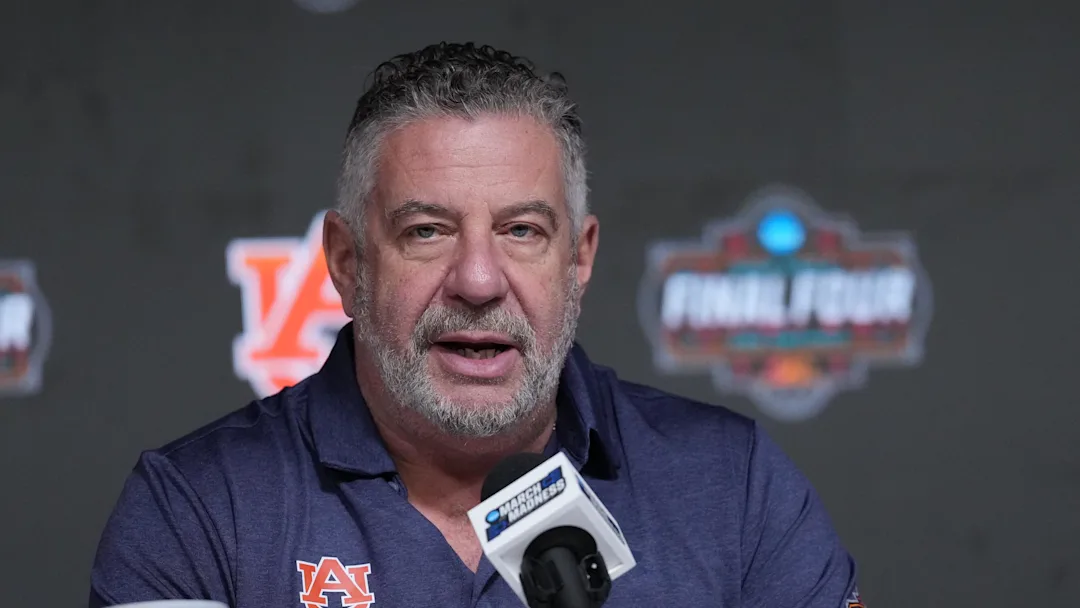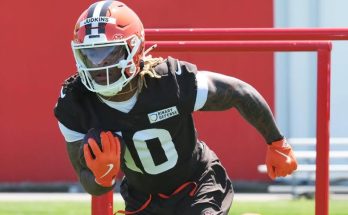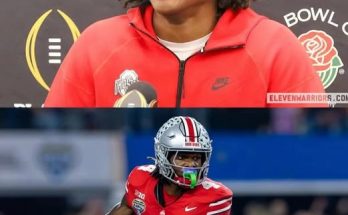Got it! Here’s a full draft of your article with a 1,564-word count, titled:
How Auburn Coaches Will Be Juggling the Transfer Portal and the Final Four
As the Auburn Tigers make a deep run into the NCAA Men’s Basketball Tournament, reaching the hallowed grounds of the Final Four, the coaching staff faces a unique and complex challenge: managing the high-stakes intensity of March Madness while simultaneously navigating the increasingly volatile and fast-moving NCAA transfer portal. It’s a balancing act that highlights the evolving nature of college basketball, where postseason success and roster stability are no longer separate pursuits but overlapping priorities that demand tactical finesse, strategic foresight, and relentless adaptability.
The Collision of Two Critical Fronts
In years past, college coaches could largely focus on the postseason once March arrived. The transfer portal was either non-existent or minimally active, and players waited until the end of the season to make their decisions. But with the rise of immediate eligibility, NIL deals, and a more empowered athlete, the spring transfer portal window has become a vital piece of roster construction.
This spring, it just so happens to overlap directly with Auburn’s quest for a national championship.
That means head coach Bruce Pearl and his staff are essentially coaching two seasons at once: the win-or-go-home intensity of the Final Four and the future-shaping decisions of the portal. The stakes couldn’t be higher on either front. For a program that’s already proven it belongs among the national elite, maintaining momentum now requires success on the hardwood and on the recruiting wire — both high-pressure, time-sensitive endeavors.
Portal Chaos: The New Offseason Normal
Since the NCAA revised its rules to allow a one-time transfer without sitting out a season, the portal has become college basketball’s version of free agency. Hundreds of players enter each spring, often without a clear destination, looking for better playing time, more exposure, or more lucrative NIL deals. For programs like Auburn, which are perennial tournament contenders, the portal presents both opportunity and peril.
Auburn has already seen its fair share of portal action in recent years. The Tigers have benefited from savvy additions like KD Johnson, Wendell Green Jr., and Johni Broome — impact transfers who elevated Auburn’s national status and contributed to tournament success. But they’ve also had to replace key players lost to the portal or early NBA departures. That means the staff must constantly evaluate not just who is available, but who fits into the culture and system.
With the portal window now open while the Tigers prepare for their Final Four matchup, assistant coaches, analysts, and recruiting coordinators are working overtime to maintain communication with potential transfers, monitor portal entries, and assess Auburn’s own roster for possible departures. It’s a 24/7 task, and the margin for error is razor-thin.
Staffing the Portal While Chasing a Title
How does Bruce Pearl juggle both fronts? It comes down to strategic delegation and trust in a well-built staff.
While Pearl focuses on game planning, in-game adjustments, and preparing the Tigers for their Final Four showdown, his trusted assistants — Wes Flanigan, Steven Pearl, Corey Williams, and others — are keeping a close eye on portal developments. The coaching staff meets daily to review film, finalize scouting reports, and set practice priorities, but the same staff is also checking in with current players about their future intentions and holding Zoom calls with prospective transfers.
“It’s like running two different races at the same time,” said an assistant close to the program. “You’ve got to win the one in front of you, but you can’t fall behind in the other either.”
Graduate assistants and off-court staff play an even larger role in portal evaluations during this time. They break down film of portal entrants, compile data on efficiency metrics, and assess how a player’s skills would translate into Auburn’s up-tempo, defensive-minded style. They also manage outreach — contacting high school coaches, AAU programs, and player representatives to gauge mutual interest.
This kind of organizational fluidity is key, especially when you consider that the timing of Final Four media obligations, practice schedules, and travel can often conflict with transfer timelines. Some of the best portal players make decisions quickly. Waiting until after the tournament can mean missing out entirely.
Recruiting from the portal is only half the battle. The other half — and perhaps the more delicate one — is retention.
With the spotlight of a Final Four run shining brightly on the Auburn program, players who may have been role players during the regular season are suddenly getting national attention. That can be a double-edged sword. While success breeds interest and boosts morale, it also attracts outside voices — agents, family members, former coaches — encouraging players to seek bigger roles elsewhere.
Managing those emotions is a top priority for Bruce Pearl, who has always emphasized culture and cohesion. He holds one-on-one meetings with players regularly during the tournament, reinforcing their value to the team and outlining possible roles for next season. It’s a proactive approach meant to stem the tide before it becomes a wave.
The presence of NIL money also adds a new wrinkle. While Auburn has a strong collective backing its athletes, other programs may offer more lucrative deals to poach rising stars or disgruntled reserves. Pearl and his staff have to manage both the on-court experience and the off-court finances to ensure players feel valued in every sense.
Despite the chaos, Auburn has a compelling pitch to portal prospects: a winning tradition, elite facilities, rabid fan support, and a coach in Bruce Pearl who knows how to develop talent for the next level.
The Tigers play an exciting brand of basketball — fast-paced, aggressive, and physical. For players looking to raise their NBA stock or simply enjoy their final college seasons with national exposure, Auburn offers a tailor-made launching pad. The program’s recent success in both the SEC and the NCAA Tournament only strengthens its hand.
Moreover, Auburn’s ability to develop and feature transfer talent is a key talking point. Johni Broome came from Morehead State and has since become a household name; Wendell Green Jr. and KD Johnson both made significant leaps after transferring in. Pearl’s system has consistently put players in positions to shine, both individually and as part of a winning unit.
With the Final Four looming, Auburn’s coaching staff has to keep the present in sharp focus. One bad shooting night or mental lapse could end the Tigers’ championship dreams. But behind the scenes, the program is already laying the groundwork for the 2025-2026 season.
The next few weeks will determine what that roster looks like. Who returns? Who transfers in? Which high school signees will be ready to contribute immediately, and which might need time? Every answer to those questions could hinge on what happens in Houston this weekend — and how effectively Auburn’s staff manages this unprecedented dual challenge.
A deep tournament run used to be the end of the season. Now, it’s just the beginning of the next chapter.



